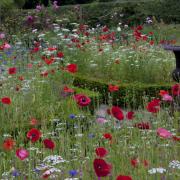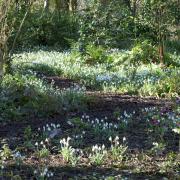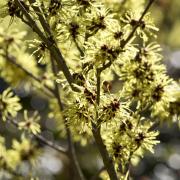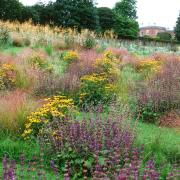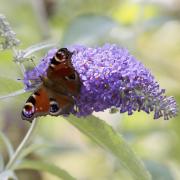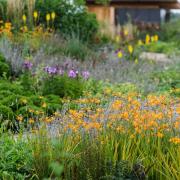Top tips for your garden now that autumn's here
October in the garden Plant of the month
Ginkgo biloba
maidenhair tree deciduous with glorious yellow autumn foliage large, slow growing to 24m conical shape ornamental winter bark living fossil, ancient, flourished in the Jurassic and Cretaceous periods unknown in wild, sole survivor of Ginkgoales in China – preserved in temple garden
cultivation
hardy pollution tolerant fertile, moist soil full or part sun sheltered location no need to prune but crossing or misshapen branches can be removed in late winter/early spring tolerates heavy clay to drought-prone soils male and female flowers on separate trees female flowers produce unpleasant-smelling fruit but contain edible nuts that can be roasted Ornamental tasks plant spring bulbs in the garden or in containers lift and divide overcrowded herbaceous plants take cuttings of perennials and shrubs good time to plant trees and shrubs or move established evergreens cover, cut back or lift tender plants, leave plants with attractive seedheads for winter interest and for wildlife To taste harvest and store pumpkins, marrows, carrots and potatoes cabbages will keep in frost-free shed good time for double digging, incorporating manure plant green manure crop plant onion sets and garlic, sow broad beans Something extra
Use some of the abundant fallen leaves to make leaf mould. Recycling your leaves is one of the easiest ways to make mulch or compost. Leaves break down at different rates – oak, elder and hornbeam are faster than beech and chestnut. In a small garden use bin liners, in a larger garden use a leaf cage that you can make yourself with stakes and netting. Pile in the leaves and wait for a year for the rich, crumbly mixture that can then be used as a mulch.



